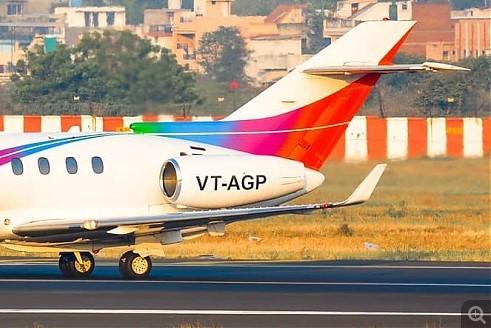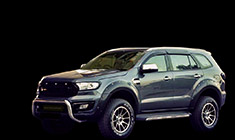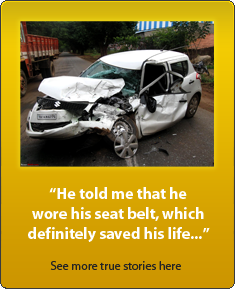News
The real story behind the 'VT' prefix used for all Indian aircraft
As a retired member of the aviation industry I always felt Victor Tango has a nice ring to it.
BHPian V.Narayan recently shared this with other enthusiasts.
The facts.....
This is an internet untruth that gained popularity about 10+ years ago with the advent of WhatsApp university. Ironically before that for decades we in the aviation industry didn't know this till WhatsApp University enlightened us.! And the internet has the power and trait to convert every story into the 'truth'. So much so that in 2016 one MP even raised it in Parliament as a national shame (?) and the DGCA and the Aeronautical Society of India had to jump through loops but could find no evidence in their records of this claim. The worthy MP was one Shri Tarun Bajaj IIRC.
Civil ship radio communication registrations initially followed a convention laid out in 1913 modified in 1919 and then 1928. In those days this really applied to ships. The then big powers took prefixes that suited them G for the UK, F for France and D for Germany, C for Canada and so on. USA took N, W and K. W and K were for Wright Brothers and Kitty Hawk. The US Navy had been using N as a call sign for its early years of radio communications since circa 1909. N became the US symbol as the US Govt had reserved K & W for its own governmental/military radio use. Similarly in 1913 the UK had reserved G, B, V, M as its symbols for radio call signs - this was really for ships but by extension applied to aircraft too after aircraft started carrying radios regularly from the mid-1920s onwards.
So, in 1928 as the UK had the rights over V they used two or three digit letters starting with V for all their colonies. Australia got VH, India got VT etc. Why H for Australia and T for India is lost in some dead bureaucrat's mind. VT was certainly not Viceroy's Territory anymore than VH being Viceroy's Horse. The radio call sign then circa 1920s became the aircraft tailfin number prefix also across the world. I do not know for sure but I think it was laid out in the international 1928 convention that all civilian aircraft will carry their country's radio call sign as the prefix for the aircraft registration. Using the radio call sign prefix for civil aircraft registration had already started as a practice in the Western world in the 1920s. It got formalized in 1928 IIRC. That is how VT came to us in Indian aviation.
In 1947-1948 Pakistan and Ceylon had to search for a new call sign as India inherited VT - it was a matter of practicality though some politicians may have wrapped it in nationalistic tones. Pakistan wanted PA but got AP instead. They grabbed AP as it put them at the top of the then alphabetical list! It was national news in Pakistan {Mummy, mummy, I came first}. Ceylon {now Sri Lanka} became VT-C-XXXX and in its desire to move away from an India linked call sign finally settled for 4R in 1954. Even as far back as 1954 alphabet combinations that suited a country had started to run out and alpha-numeric ones came into use.
As a retired member of the aviation industry I always felt Victor Tango has a nice ring to it.
Like Phantom the 'ghost who walks'this internet urban legend refuses to die. Thank you for reading.
Read BHPian comments for more insights and information.




_4.jpg)
.jpg)












